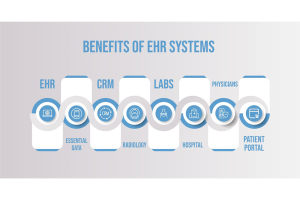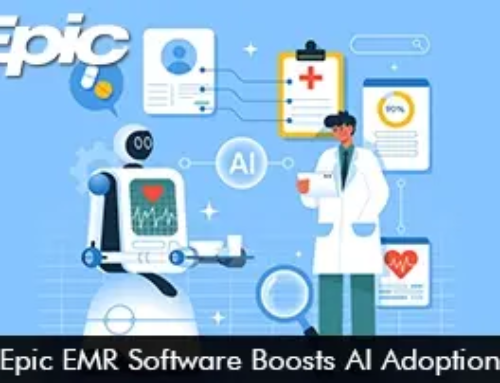By digitizing and automating various tasks, EHR software optimizes operations and reduces administrative burdens. Implementing EHR software requires careful planning, staff training, and ongoing support to maximize its benefits. Some of the advantages are:
Streamlined Documentation and Data Management
EMR software eliminates the need for paper-based documentation, offering a streamlined approach to record-keeping. Healthcare providers can document patient encounters, diagnoses, and treatments within the EMR system directly. This reduces time spent on manual paperwork, ensuring accurate and up-to-date records. Organized in easily accessible patient files, healthcare professionals can make informed decisions quickly.
Efficient Appointment Scheduling and Patient Flow
EMR software simplifies administrative tasks by automating appointment scheduling and reminders. As a result, scheduling errors and no-shows are minimized and healthcare providers’ time is utilized to the max. By efficiently managing patient flow, EMR software helps reduce wait times, enhance patient satisfaction, and increase overall operational efficiency.
Automation of Routine Tasks
What’s more, the automation of tasks brings further efficiency to the treatment side of the practice. Functions such as electronic prescribing, lab orders, information sharing with various providers, and integrated billing and coding help reduce errors. The software can generate prescriptions, send them directly to pharmacies, and update medication lists, enhancing patient safety and treatment.
Enhanced Communication and Collaboration
EMR software facilitates seamless communication and collaboration among healthcare providers within a practice or across different healthcare settings. Features like secure messaging, shared calendars, and electronic referrals enable real-time communication and coordination of care. This reduces the reliance on traditional communication methods, such as phone calls or fax, and promotes efficient collaboration, leading to better patient outcomes and improved operational efficiency.
Integrated Billing and Revenue Cycle Management
EMR software often includes integrated billing and revenue cycle management functionalities. This eliminates the need for separate billing systems and streamlines the billing process. EMR systems can generate accurate and timely claims, submit them electronically to payers, and track reimbursement statuses. Integration with coding systems ensures proper coding and documentation, reducing claim denials and improving revenue cycle management. By automating billing processes, healthcare organizations can optimize revenue streams and reduce administrative costs.
Data Analytics and Performance Monitoring
EMR software offers robust data analytics capabilities, allowing healthcare organizations to monitor performance and identify areas for improvement. By analyzing data trends, providers can gain insights into patient outcomes, operational efficiency, and resource utilization. This information enables evidence-based decision-making, quality improvement initiatives, and efficient resource allocation. With the ability to track key performance indicators and generate customized reports, healthcare organizations can continually optimize their operations and deliver better patient care.









